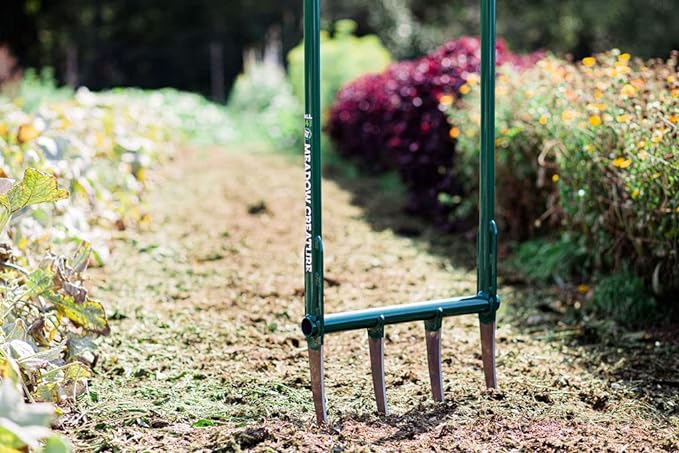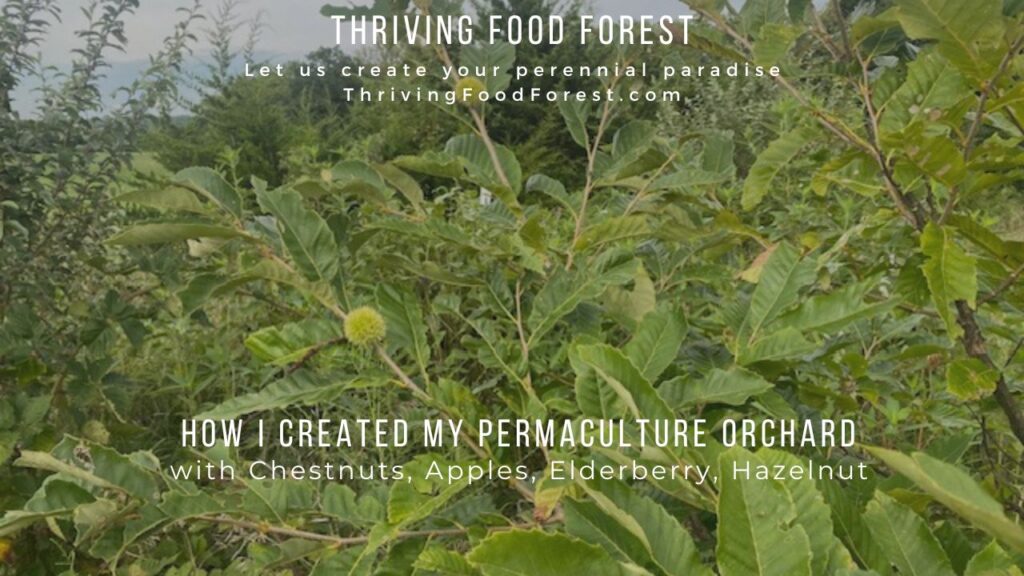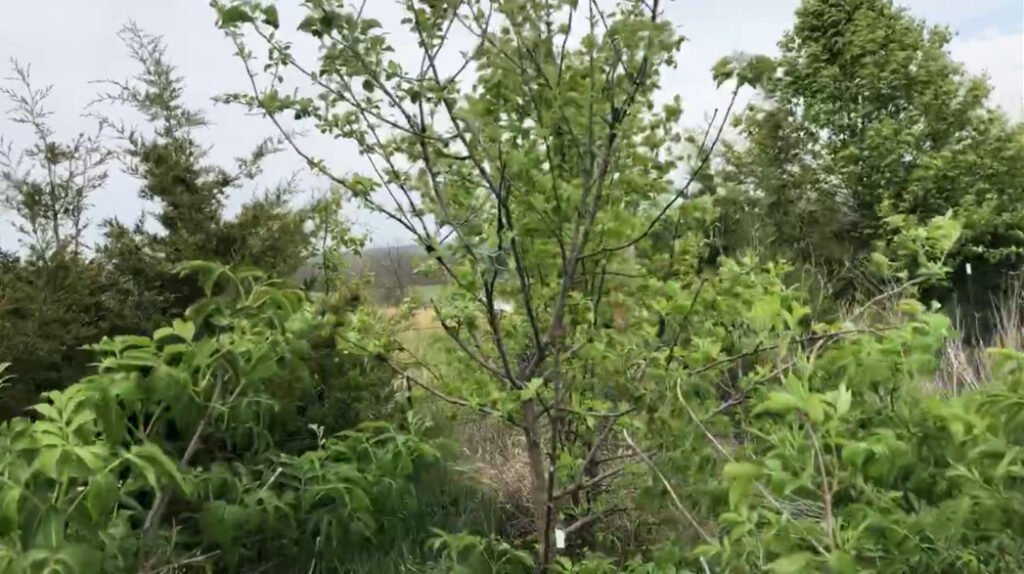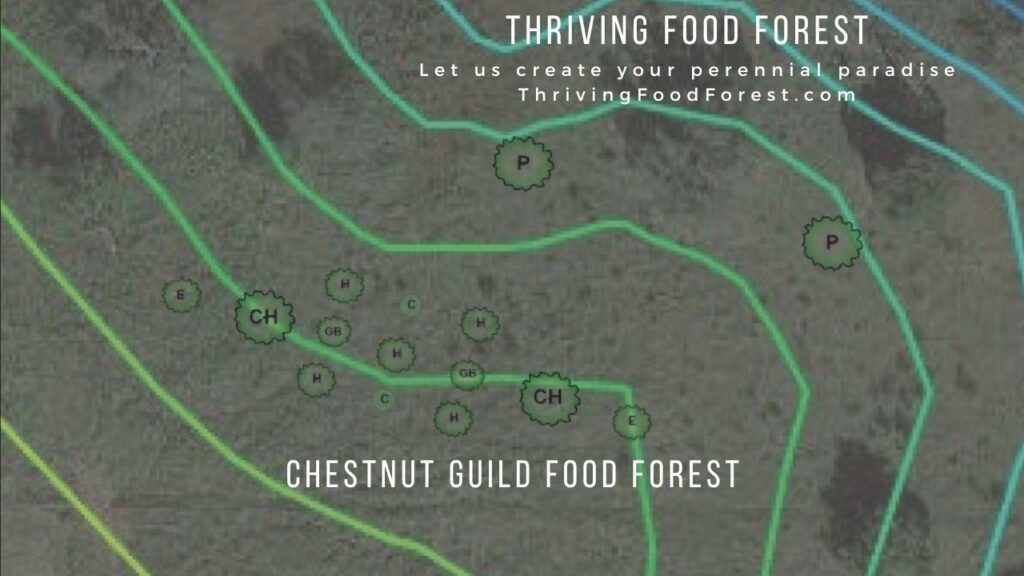MY GOAL: To extend my homestead permaculture orchard by 80 feet with chestnuts, apples, pears, hazelnuts, asparagus, herbs like Wormwood and mint, comfrey, blackberries, Milpa garden beds, and annual beds.
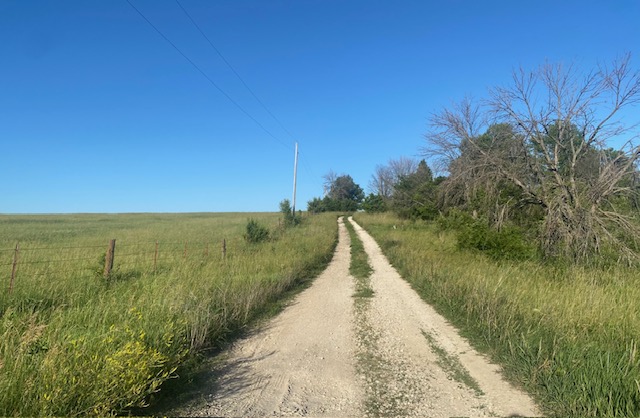
I live on ten acres in NE Kansas. The back half is pasture, with my gardens and orchards extending from behind the chicken area, along the fence.
On this map, the Red area is annual gardens. Yellow area is chestnuts, bush cherry, and apples. The Green area is an area fenced off in 2021 to extend the garden area into a permaculture orchard.
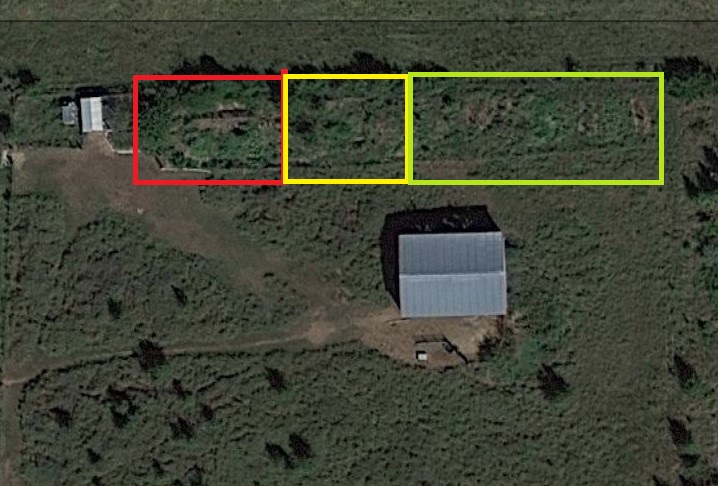


Digging swales
I hand dug all of the swales and mounds. Starting uphill, I used a broadfork to create a swale area two broadforks wide. I double-dug down and then used the shovel to dig out the dirt and pile it all up on the mound on the down hill side.

Planting into the swales and mounds
I planted chestnut trees, apple trees, and hazelnut and elderberry into the mounds, sowed buckwheat as a cover crop in the gaps and in the swale, then covered with wood chips.



I sowed asparagus and annuals in some of the lanes.
Here is how I used Milpa as a cover crop and got a multi-month harvest of different veggies.

Lessons learned:
Grafted apples do not like the STUN method (Sheer Total Utter Neglect). In KS they usually need extensive irrigation. These swales were one of the few times that I have had more widespread success with apples.
The chestnut trees did fairly well planted in the mounds with swales.
The mounds were not wide enough as the trees got bigger. You don’t want the trees to grow roots out the side of the mound or they will tend to air prune or have difficulty. The mounds need to be about double this width.
Some of the hazels failed or were eaten down by deer, who jumped over the fence.
Over the years since, there has been a lot of infiltration by haygrass, so more woodchips and cover crop are a must.
This is the broadfork that I use – Meadow Creature broadfork.
